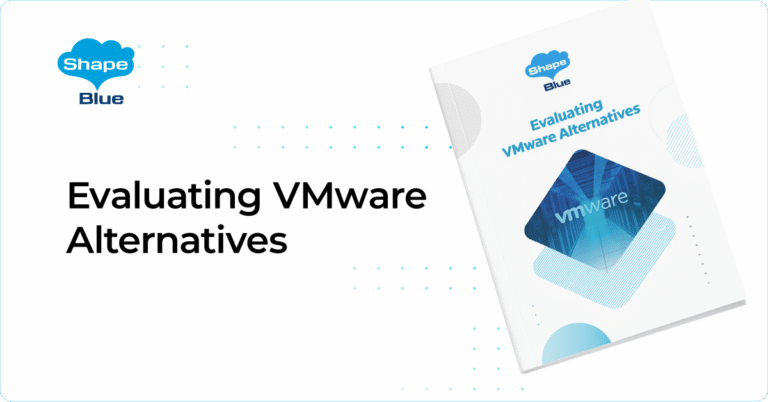NFS Mount Options on Primary Storage | CloudStack Feature First Look
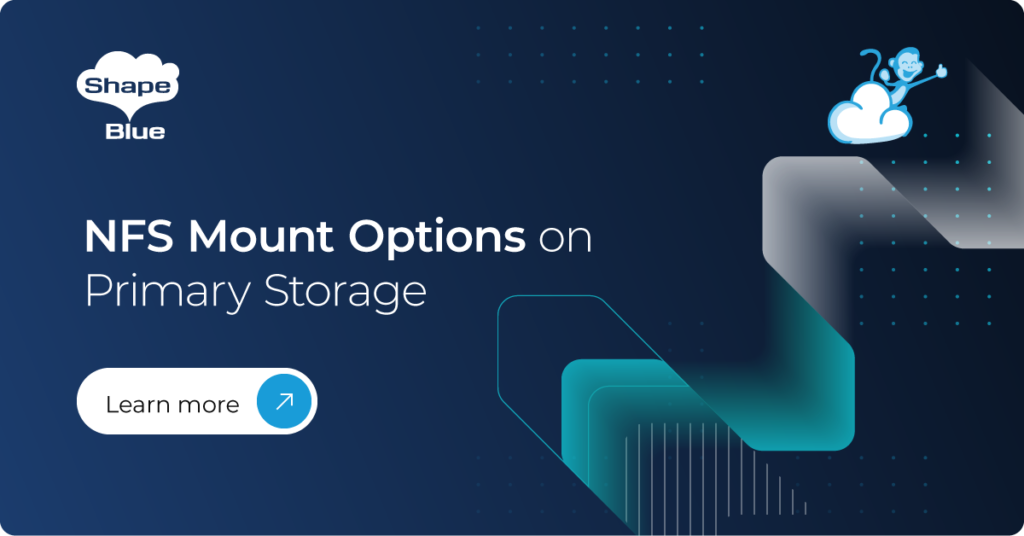
Previously, when mounting Primary Storage on a KVM hypervisor host, CloudStack used default NFS mount options that could not be customized. Administrators were unable to modify or add options such as specifying the NFS version or adjusting the nconnect value, which defines the number of TCP connections between the hypervisor and the NFS server. This […]
What’s new in CAPC v0.5.0
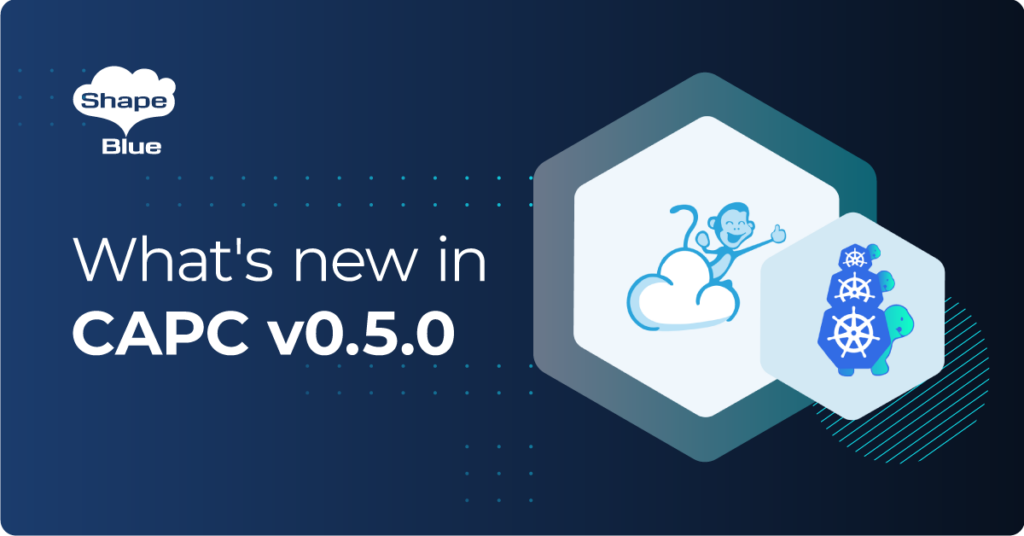
Kubernetes Cluster API Provider for CloudStack (CAPC) enables users to create and manage Kubernetes clusters on Apache CloudStack using the Kubernetes Cluster API (CAPI). Go through the new features in the presentation of Software Engineer at ShapeBlue, Vishesh Jindal: The newly released CAPC v0.5.0 introduces numerous new capabilities and improvements. Some of the key […]
CloudStack OAuth2 | CloudStack Feature First Look
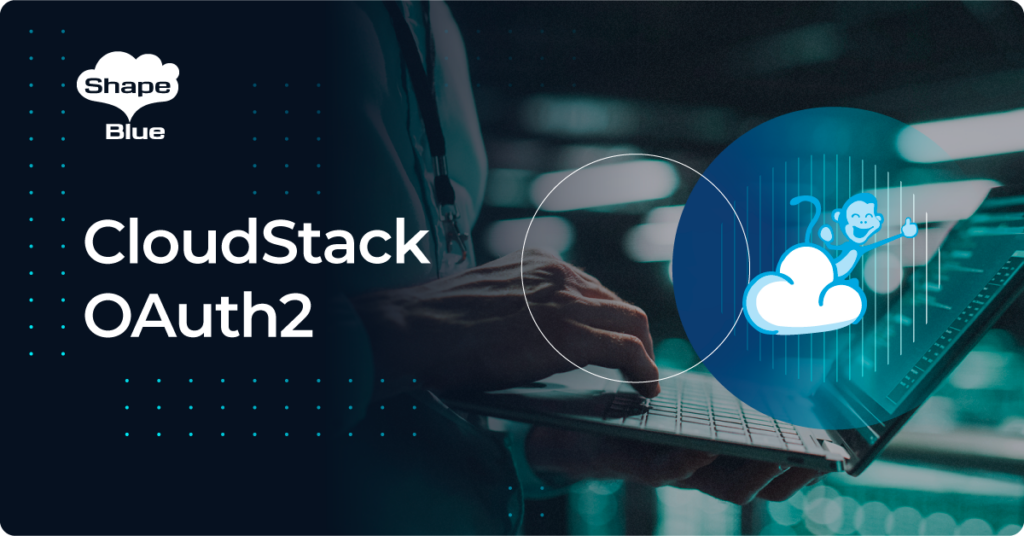
Organisations that manage diverse user bases and want to ensure secure access to their environments often seek to implement standardised authentication protocols in their IT ecosystems. OAuth2, recognised for its wide adoption in token-based authentication, has become widely used for ensuring secure access for users, ensuring the protection of their credentials, and granting access only […]
Snapshot Copy | CloudStack Feature First Look
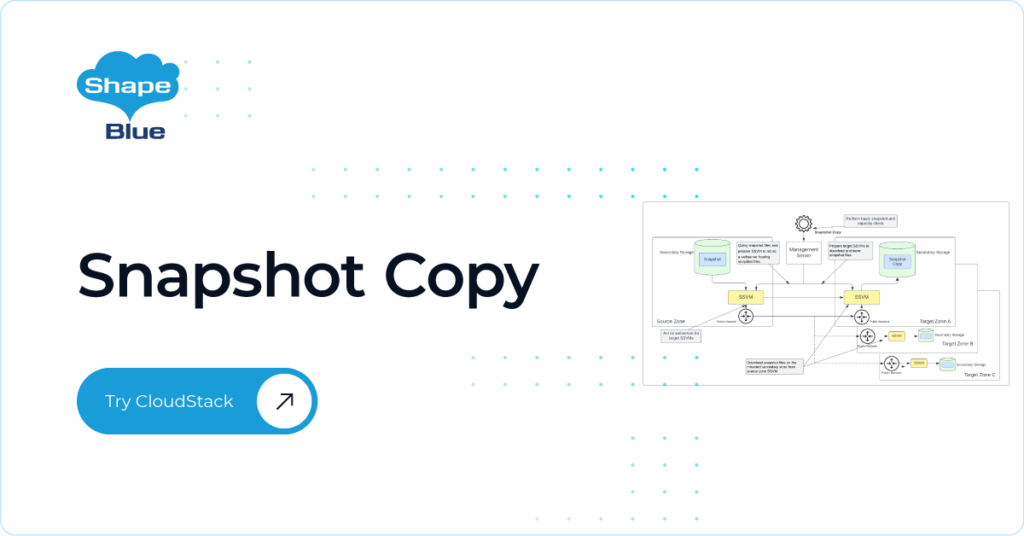
Data replication is an important strategy – to keep valuable data safe and accomplish disaster recovery. Introduced in CloudStack 4.19, the “CloudStack Snapshot Copy” feature adds an important layer of data protection and application availability. It facilitates the replication of the Instance’s Volumes Snapshots across multiple CloudStack Zones, providing a defence against system failures, data […]
Scheduled Instance Lifecycle Operations | CloudStack Feature First Look
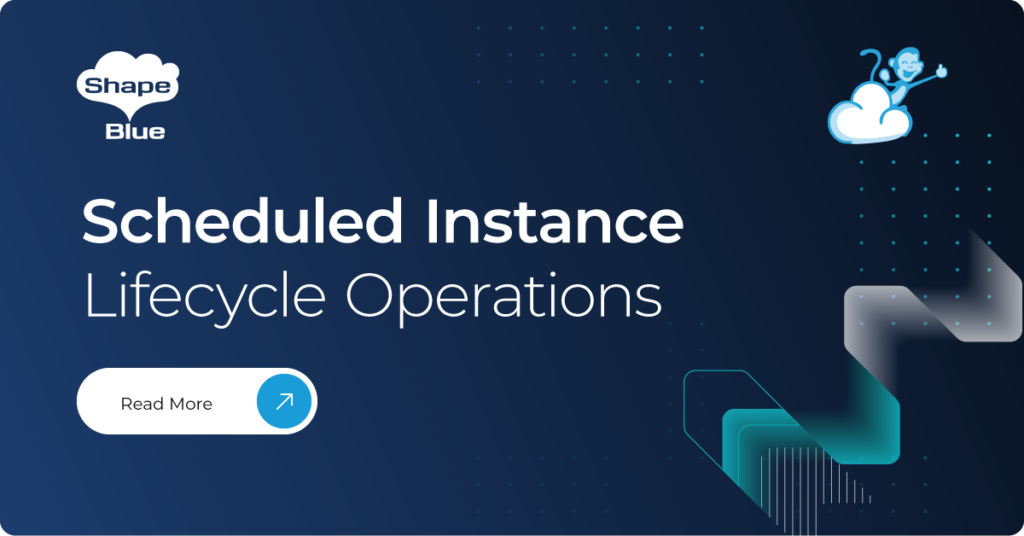
While managing their cloud infrastructure, organizations often need systematic (or scheduled) start-up or shutdown of Instances, maybe to ensure optimal resource utilization or adherence to operational timelines. The “Scheduled Instance Lifecycle Operations” feature in Apache CloudStack 4.19 seeks to address this need, offering a structured and automated approach to managing the state of VM instances. […]
CloudStack Object Storage Framework | CloudStack Feature First Look

Apache CloudStack has long been a powerful platform for deploying and managing cloud infrastructure. But with the introduction of the CloudStack Object Storage Framework in version 4.19, it’s now an even more attractive option for businesses looking for a comprehensive cloud storage solution. This framework elevates object storage to a first-class resource, seamlessly integrated within […]
CloudStack DRS | CloudStack Feature First Look
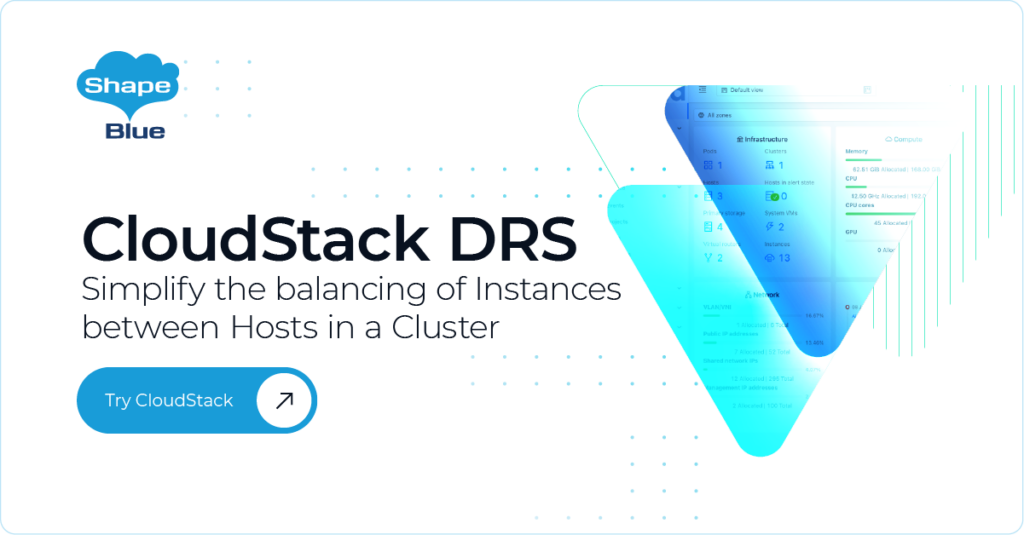
Balancing workload distribution, ensuring optimal resource allocation, minimising power consumption, and maintaining consistent application performance are complex tasks, especially in large-scale cloud environments. Manual management and rebalancing of workloads can lead to errors and inefficiencies, highlighting a need for an automated, intelligent solution to balance workloads and ensure resource utilisation across all instances and hypervisor […]
CloudStack DRaaS Capabilities and Opportunities for Cloud Providers
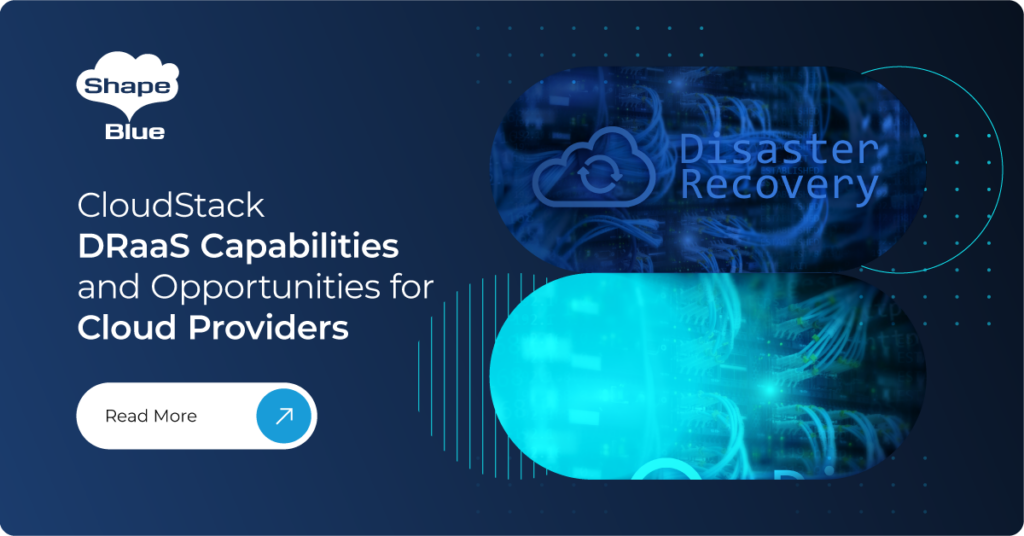
Apache CloudStack 4.19 introduces features that enhance its DR capabilities, which are suited especially to the needs of cloud providers. This approach delivers efficient measures to restore systems post-disruption and empowers users with flexibility and control, allowing them to adapt their individual DR strategy to their operational needs.
Auto Enable / Disable KVM Hosts | CloudStack Feature First Look
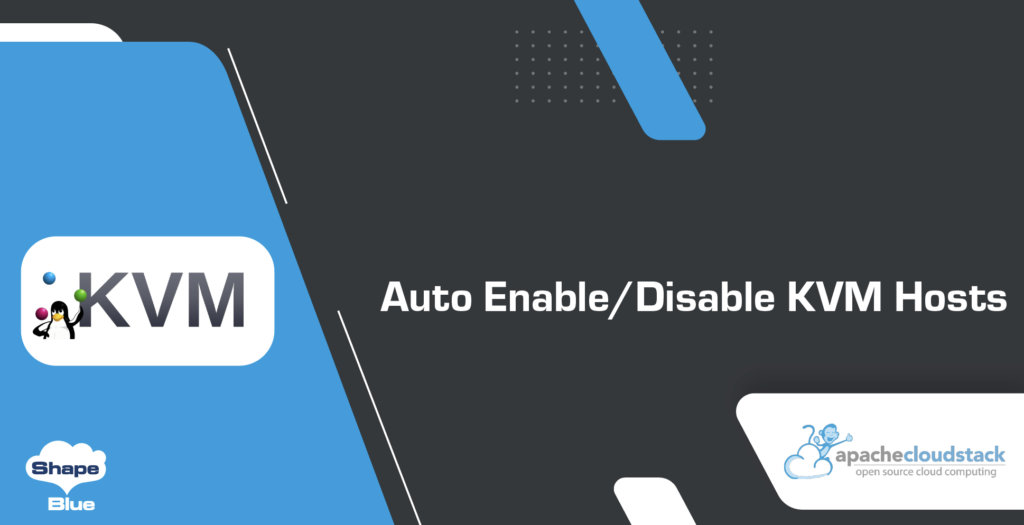
Introduction This feature introduces the capability to automatically disable KVM hosts when a customizable health check fails, and automatically re-enable them when the health check subsequently succeeds. This ensures that existing Hosts remain stable and operational, and new Instances will not be deployed on disabled Hosts (existing Instances running on disabled or auto-disabled hosts are […]
CloudStack VMware environment Migration from vSwitch to dvSwitch | CloudStack Feature First Look
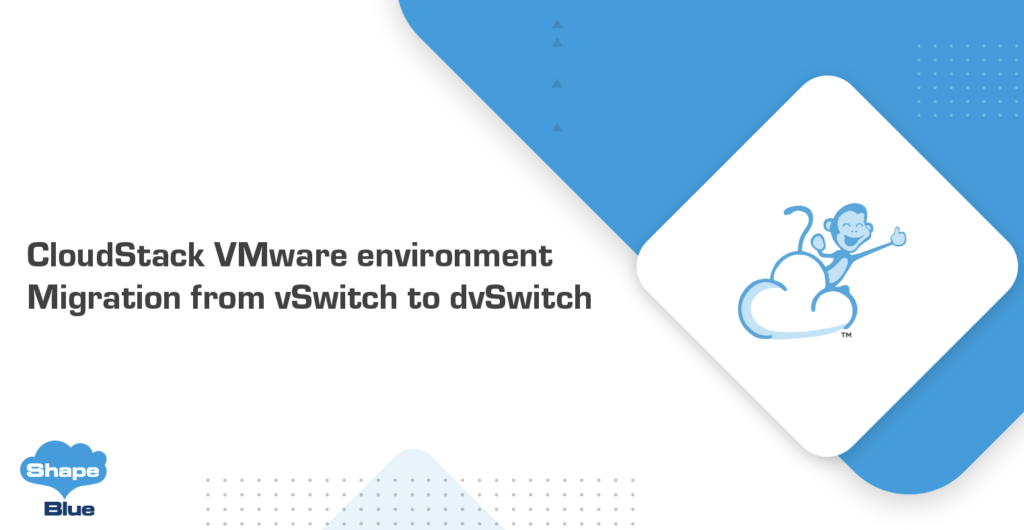
Introduction The networking in VMware environments is managed by either standard virtual switches (vSwitch) or distributed virtual switches (dvSwitch). These switches handle the traffic between Instances and the Physical Network. A standard vSwitch needs to be created per-Host, which means that each time a Host is added to a VMware Cluster, a standard vSwitch must […]



